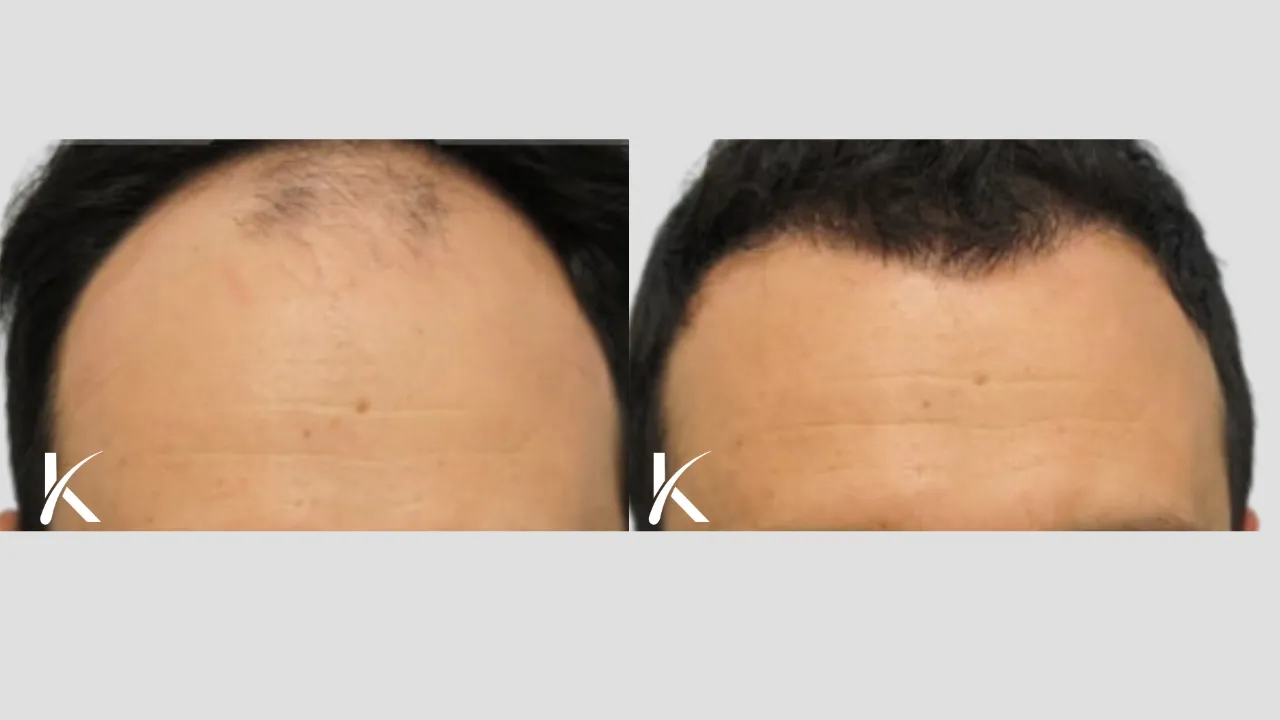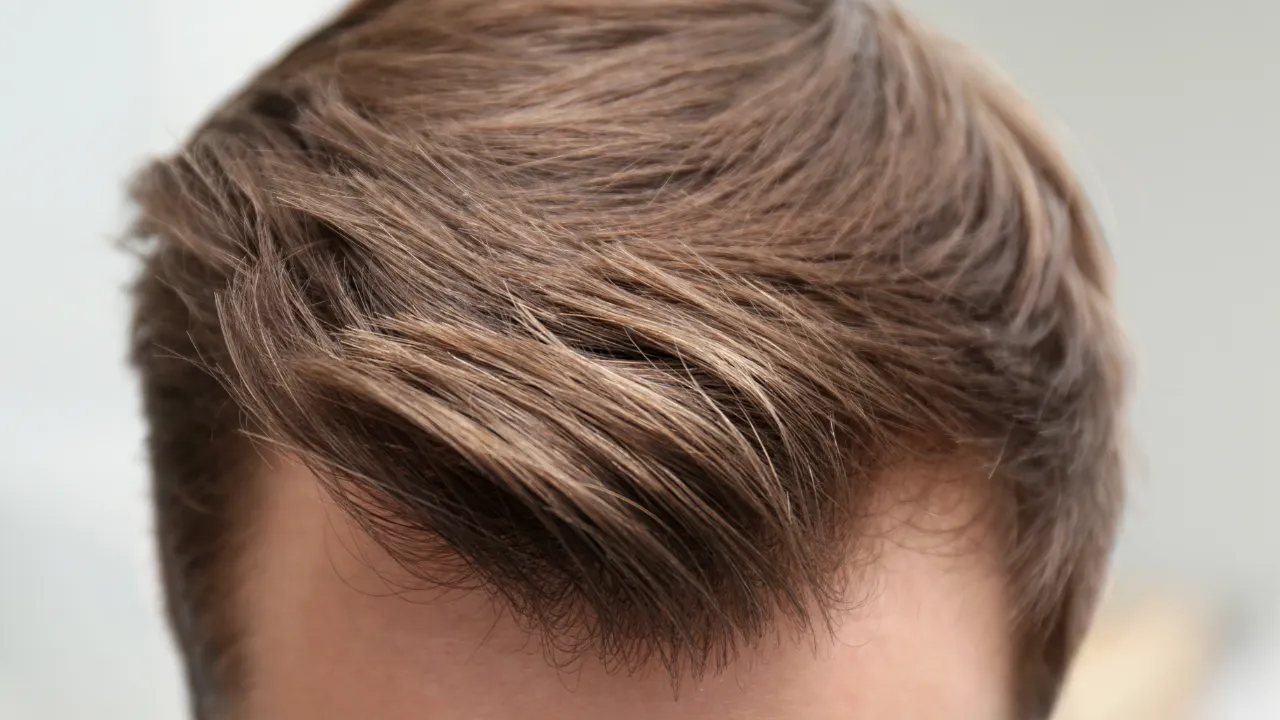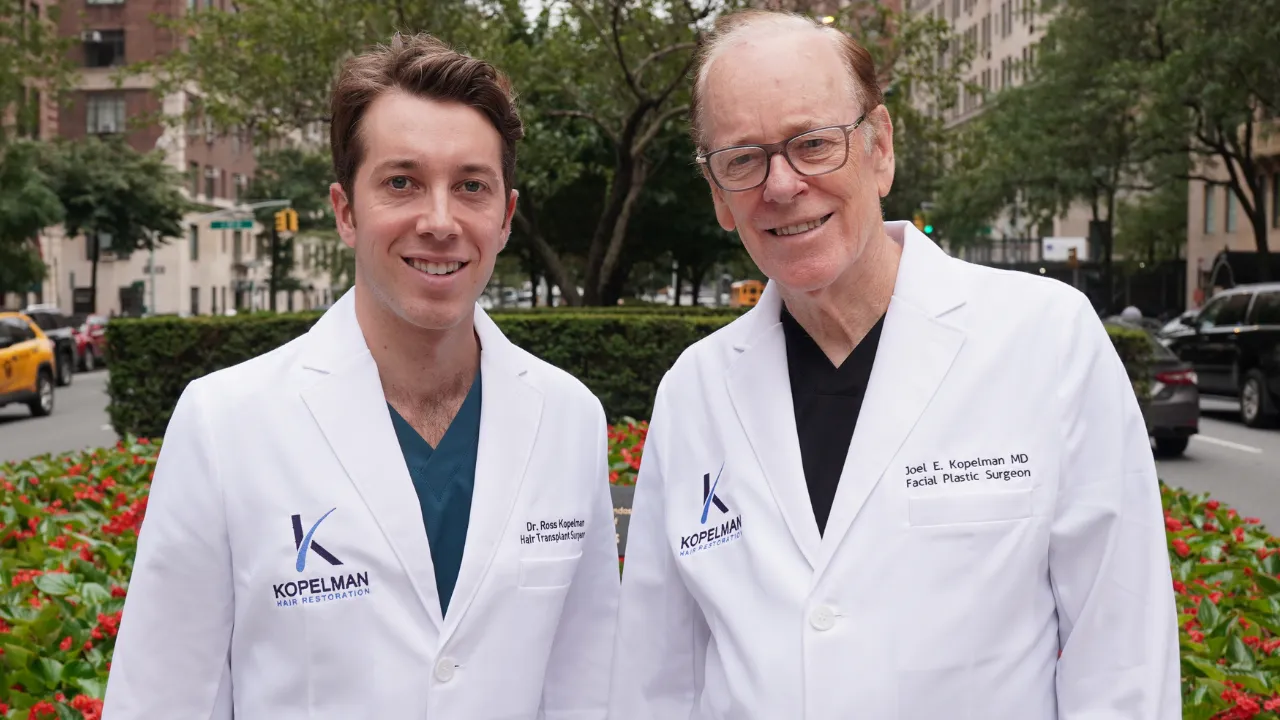Follicular Unit Excision (FUE) involves transferring individual hair follicles from denser areas of your scalp to spots experiencing hair thinning or baldness.
Unlike older methods, which often left noticeable scars and required longer recovery periods, FUE is minimally invasive. The scars left by FUE are tiny and typically unnoticeable, blending seamlessly with the natural hair growth pattern.
This makes FUE an especially attractive option for those who prefer shorter haircuts or are concerned about the visibility of transplant scars. If you’re considering a New Jersey hair transplant, FUE offers advanced techniques with minimal downtime.
Additionally, FUE’s targeted approach allows for a more controlled and uniform distribution of hair, contributing to a more natural-looking hairline and overall appearance. This level of natural results was hard to achieve with previous hair transplantation methods, making FUE a breakthrough in cosmetic and restorative hair treatments.
FUE’s appeal also lies in its adaptability and suitability for a diverse range of hair types and loss patterns. It offers a tailored solution that addresses specific areas of concern, thereby maximizing the aesthetic impact and boosting the patient’s confidence and satisfaction with their appearance.
This individualized approach, coupled with the technique’s advanced nature, positions FUE as a leading choice for those seeking effective and visually appealing solutions to hair loss.
Posted on
Before deciding whether to pursue a FUE in New Jersey with Dr. Kopelman, consider
what makes a good candidate:

FUE, or Follicular Unit Excision, offers a significant advantage in hair transplants due to its
precision, minimal scarring, and faster recovery. It allows for natural-looking hair restoration and
is less invasive compared to traditional methods.
To understand your investment, review the full breakdown of FUE hair transplant cost, including what influences pricing.

Drs. Kopelman are both hair restoration surgeons based in New Jersey specializing in the advanced technique of Follicular Unit Extraction (FUE). Under the skilled hands of Drs. Kopelman, patients can expect a personalized approach to FUE. Each procedure is tailored to suit the unique hair restoration needs of the individual, ensuring that the results not only enhance their appearance but also boost their confidence.
Private Consultation with Dr. Kopelman
To explore your options for FUE hair transplant NJ, the first step is to arrange a private consultation with Dr. Kopelman.
During this meeting, you’ll have a one-on-one discussion with Dr. Kopelman, providing a chance to express your hair restoration goals and ask any questions you have.
This is the perfect opportunity for you to convey your expectations and desires for your hair.
You’re welcome to bring images of hairlines or styles that you admire. At our office, we also have a variety of before-and-after photos, including cases with similar hair patterns and
challenges, to help you visualize potential outcomes.
Review Medical History & General Health
In your consultation for FUE hair restoration with Dr. Kopelman, a detailed review of your medical history, especially relating to hair loss, will be key.
Discussions will center around the history of hair loss in your family, any genetic factors that might be influencing your hair health, and any personal history of thyroid or iron deficiencies, which can significantly impact hair growth.
Understanding your overall health is crucial, so Dr. Kopelman might suggest examining recent blood work or even conducting genetic tests on your hair follicles.
These tests are aimed at
identifying any nutrient deficiencies or genetic factors that could be affecting your hair health.
This comprehensive approach helps in crafting a more effective and personalized hair
restoration plan.
Tailored Recommendations for Your Hair Restoration
Based on your hair restoration goals, Drs. Kopelman will propose the most effective approach.
Everyone’s hair loss pattern is unique, and the strategy for hair restoration may range from
straightforward to more complex, depending on your specific needs.
They will also discuss additional treatments or procedures that could complement your hair
restoration, such as PRP (Platelet-Rich Plasma) therapy or other scalp treatments.
After deciding on the approach for your FUE hair restoration, Drs. Kopelman and the team will take
photographs of your scalp and hair for planning.
Whether your case is straightforward or complex, our NJ hair transplant team ensures a personalized approach to maximize results.




Preparation and Anesthesia
FUE Process and Creation of Recipient Sites
Placement of Follicles and Final Outcome















